Editorials
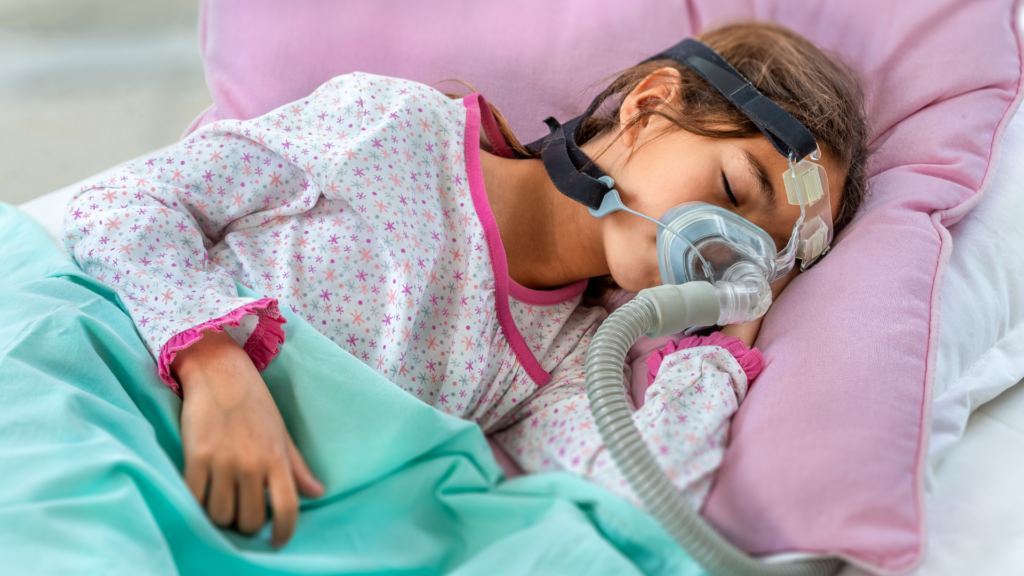
The Hidden Dangers of Sleep Apnea
Researchers have found that diabetes and ADHD in children as well as heart attacks, strokes, and Alzheimer’s Disease in adults are linked to unmanaged sleep apnea.
Why? Because regular breathing while asleep is as important as having a regular heartbeat—and sleep apnea disrupts a person’s breathing.
Sleep apnea is a serious health condition involving repeated episodes of partial or complete blockage of the upper airway during sleep (obstructive apnea), and/or a temporary lack of respiratory drive and diaphragm movement (central apnea)…
Read more (PDF)
Hidden Dangers of Unmanaged Sleep Apnea – April 2023

Sleep Apnea and Concussions
According to published studies, scientists have found brains of sleep apnea, chronic traumatic encephalopathy (CTE), and Alzheimer’s Disease patients have something in common: elevated levels of β-amyloid plaque and toxic clusters of tau protein with measurable amounts in their cerebrospinal fluid.
That’s important because cerebrospinal fluid (CSF) circulation is critical to the proper functioning of the brain and toxic clusters of tau protein and β-amyloid plaque can have significant negative consequences…
Read more (PDF)
Sleep Apnea and the Concussion Connection – May 2023
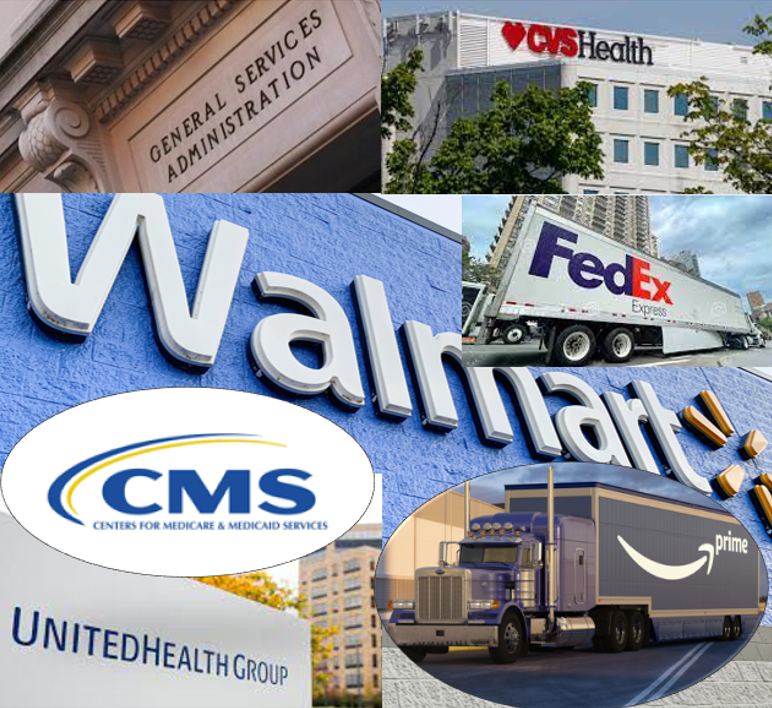
Sleep Apnea and The Surprising Cost to U.S. Employers
Quantifiable and Avoidable
Everyone knows what an employer is, but do you know what a payor is? Typically, payors are commercial or public health insurance companies like UnitedHealth Group, CVS Health, or Medicare/Medicaid, that cover medical services for their plan members and beneficiaries. Many large employers self-fund their health insurance plans for employees, technically making them payors also. However, employers typically contract with third-party commercial payors such as UnitedHealth Group, to administer their health plan through the employer’s HR department and service employee/plan members directly…
Read more (PDF)
Sleep Apnea and The Surprising Cost to U.S. Employers – June 2023

Eliminate the Brain Drain: Take Out The Trash
There’s a critical interplay between regular rhythmic breathing while asleep and the brain’s ability to clear out metabolic waste products in an organized and predicted way. This process is often referred to as “washouts” or “brain cleaning.” When someone gets a concussion, it impacts our body’s ability to breath regularly while asleep and thus perform this process. Gina Poe, PhD, a professor in the department of integrative biology & physiology at the University of California, Los Angeles (UCLA), uses a great analogy…
Read more (PDF)
Eliminate the Brain Drain: Take Out The Trash – July 2023
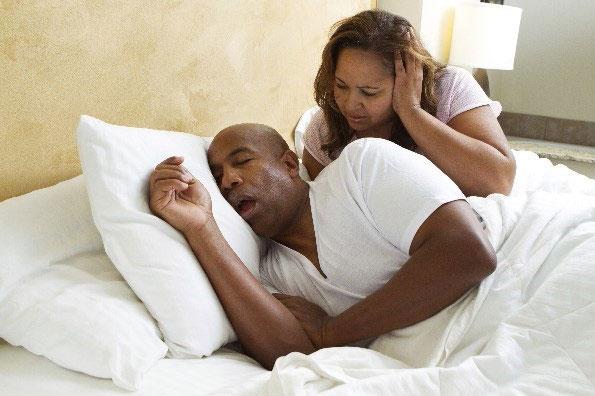
Sleep Apnea and the Healthcare Equity Gap
The numbers are startling: Did you know that according to studies, African American children are 4 – 6 times more likely to have sleep apnea than non-Hispanic Whites? That African American adults under 26 years of age are 88% more likely to have sleep apnea than their White peers?
In addition to a higher rate of incidence, the rate of diagnosis is also significantly lower and the number of individuals that abandon therapy is significantly higher than among non-Hispanic Whites according to this study…
Read more (PDF)
Sleep Apnea and the Healthcare Equity Gap – August 2023
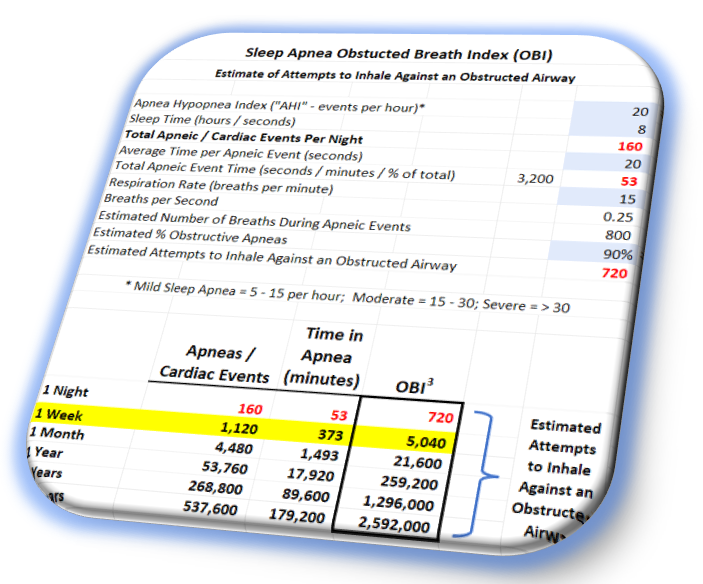
Sleep Apnea – New Math
What are your numbers?
The Apnea Hypopnea Index (AHI) has been the gold standard adopted by the American Academy of Sleep Medicine and medical professionals to describe the severity of sleep apnea. AHI expresses the number of apneas and hypopneas per hour. In this index, “normal” is defined as five (5) or less per hour, “mild” is 5 – 15 per hour, “moderate” is 15 – 30, and “severe” is defined as more than 30 apneas per hour (which could total 240 or more per night)…
Read more (PDF)
Sleep Apnea – New Math – September 2023
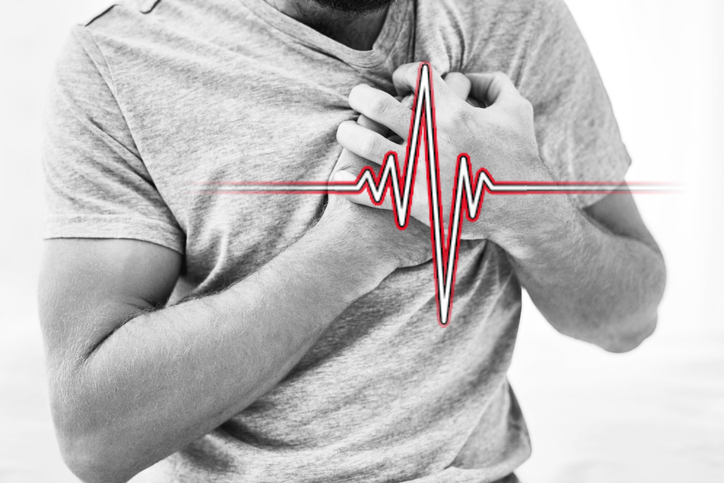
Sleep Apnea and the Epinephrine Connection to Heart Attacks
When you stop breathing at night, your body releases epinephrine, more commonly known as Adrenaline® in the commercial form, to speed up your heart rate and get you ready to fight or flee – but really just to inhale and save your life.
Given its critical role in an individual’s overall health, it is not surprising that sleep has been, and continues to be, the subject of extensive research….
Read more (PDF)
Sleep Apnea and the Epinephrine Connection to Heart Attacks – October 2023
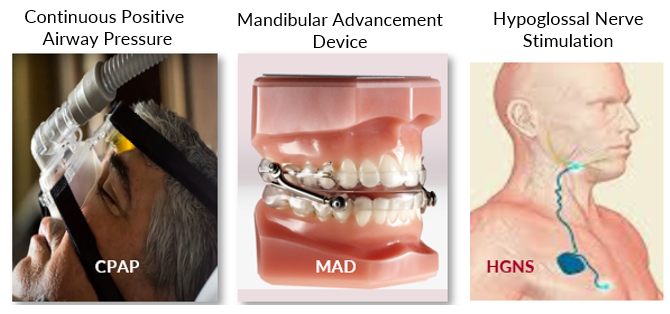
Sleep Apnea Treatment: Is it Effective?
What is the definition of an effective sleep apnea treatment? In a word, its duration. Emerging scientific literature indicates that what matters most is how long treatment is used during the night and how long untreated apneas last. Until one year ago, four (4) hours of CPAP usage per night for 70% of nights was considered by the Centers for Medicare and Medicaid Services (CMS) to be adequate…
Read more (PDF)
Sleep Apnea Treatment: Is it Effective? – November/December 2023
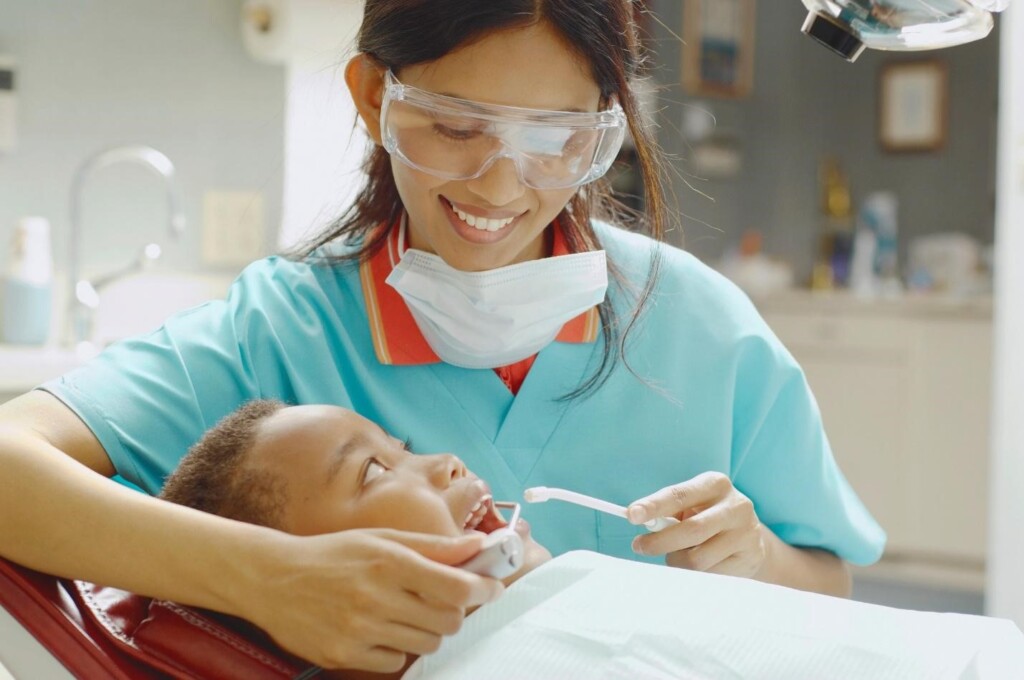
The Role of Dentistry in the Detection and Diagnosis of Obstructive Sleep Apnea (OSA)
Did you know that a dental office can arrange a home sleep apnea test and treatment with the cooperation of a medical doctor?
With the 2019 adoption of the American Dental Association policy statement on the role dentistry can play in the treatment of sleep-related breathing disorders, all dental offices should now be screening their patients for sleep apnea. It is also an effective way for a dental office to improve the health outcomes of their patients and expand their practice…
Read more (PDF)
The Role of Dentistry in the Detection and Diagnosis of Obstructive Sleep Apnea (OSA) – January 2024
